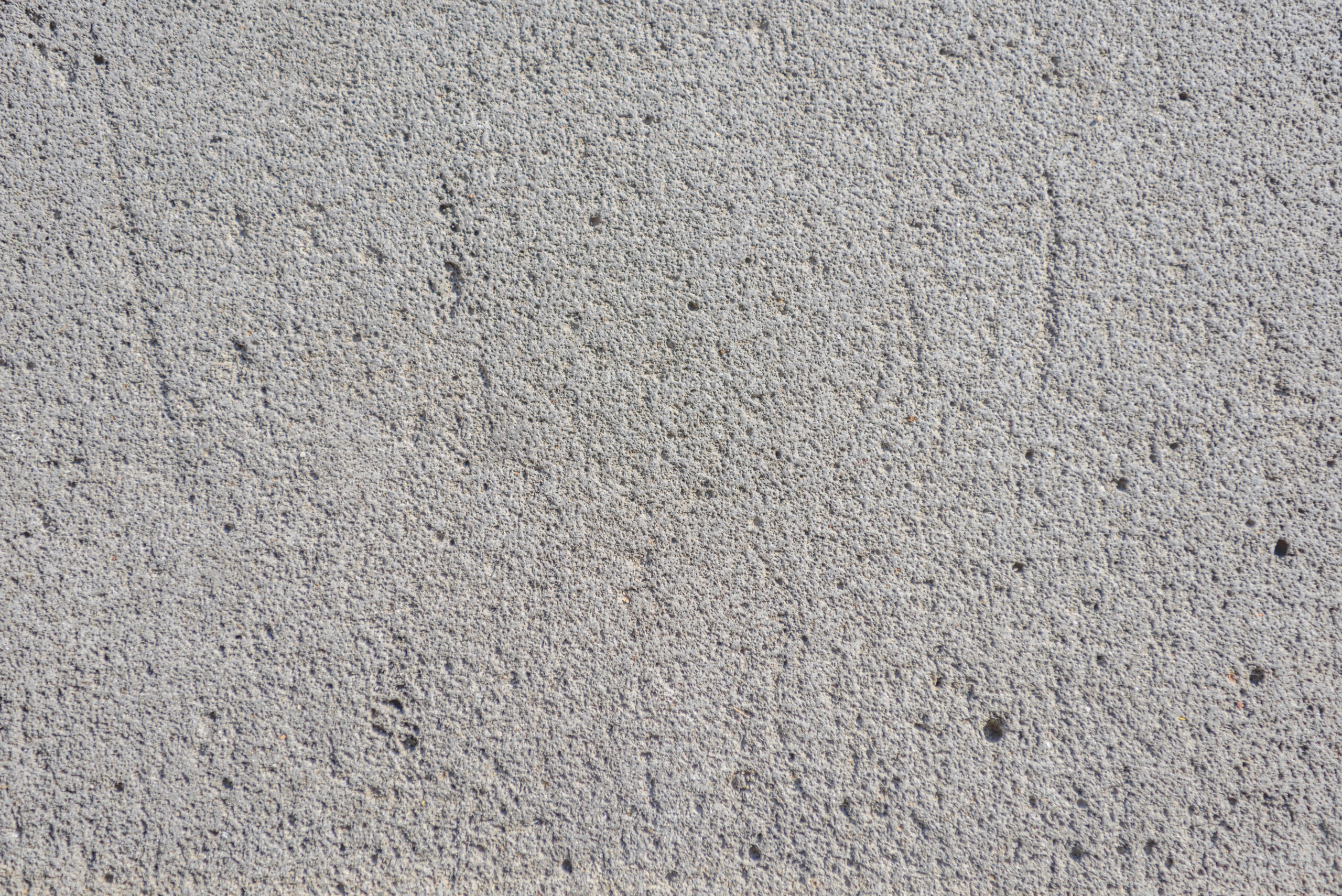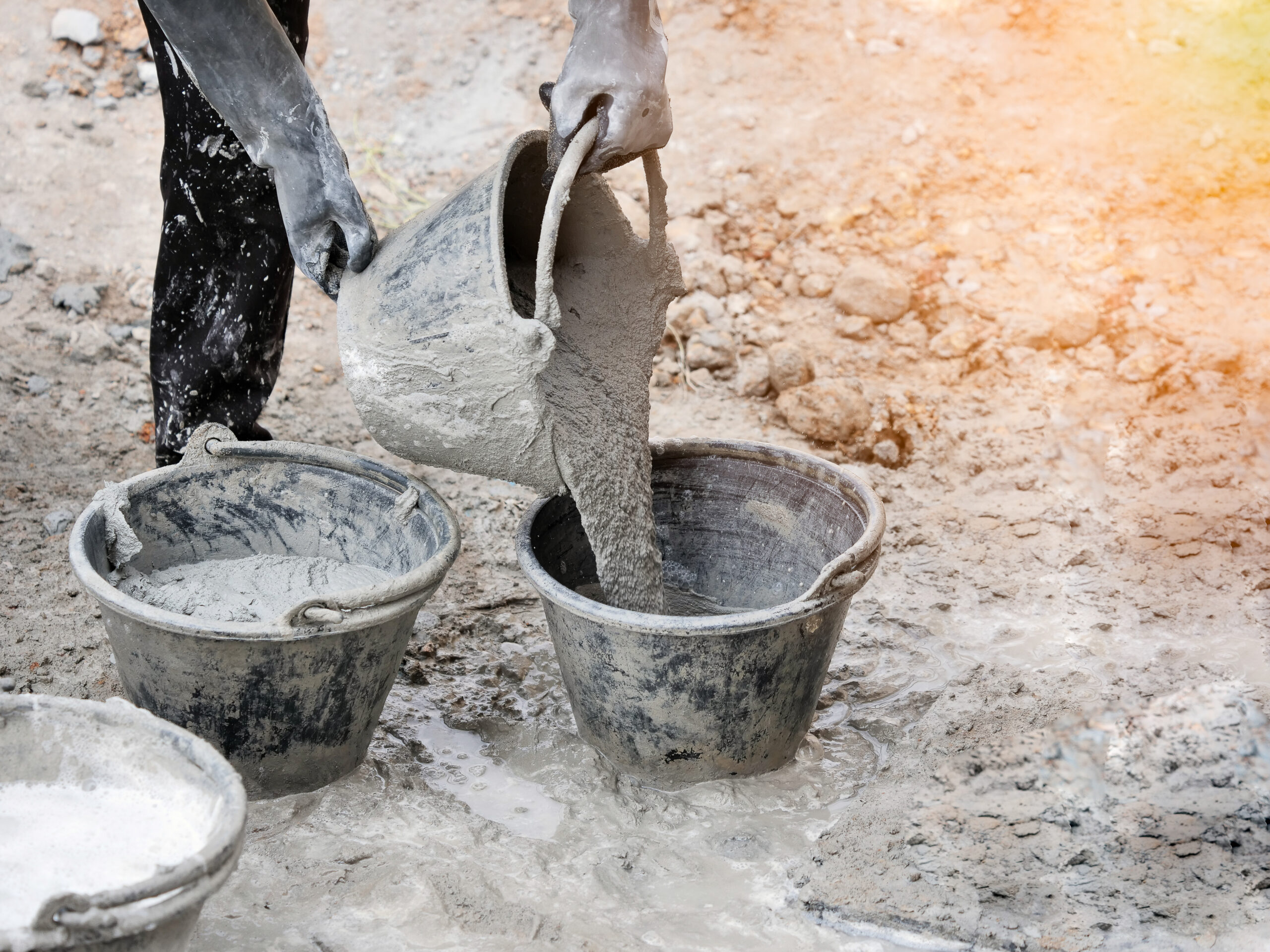Settled concrete – it’s a homeowner’s worst nightmare in a city like New York, where a stable foundation is paramount. Those unsightly cracks and uneven floors can be more than just cosmetic issues; they can signal underlying problems and pose safety hazards. But fear not, New Yorkers! This FAQ guide will shed light on the mysteries of settled concrete, empowering you to take action.
What Causes Settled Concrete?
Several factors can contribute to settled concrete:
- Improper soil compaction: If the soil supporting the concrete wasn’t adequately compacted before pouring, it can settle unevenly, causing the concrete slab to tilt or crack (settling concrete repair).
- Poor drainage: Excess water around the foundation can saturate the soil and cause it to lose stability, leading to concrete settlement.
- Soil erosion: If the soil around the foundation is washed away due to factors like heavy rain or improper grading, the concrete slab can lose support and settle.
- Soil erosion: If the soil around the foundation is washed away due to factors like heavy rain or improper grading, the concrete slab can lose support and settle.
How to Fix Settled Concrete?
The approach to fixing settled concrete depends on the severity of the problem and the location of the settlement (fixing settled concrete, settled concrete repair). Here’s a quick breakdown:
- Hairline cracks in walls: For minor cracks (less than ¼ inch), a simple concrete crack filler might suffice. For a more durable solution, consider epoxy injection.
- Larger cracks in walls: These cracks might indicate structural movement and require professional evaluation and repair techniques like underpinning or carbon fiber straps.
- Settled concrete slab: Mudjacking or polyurethane lifting are common methods to inject a grout or foam mixture under the slab to lift it back into place. In severe cases, complete or partial concrete slab replacement might be necessary.
Important Note: For significant settlement issues, seeking professional help from a qualified contractor is crucial to ensure the work is done correctly and prevent future problems.
How Long Does Concrete Take To Settle?
Once poured, concrete undergoes a settling process as it cures (concrete settling). This settling is minimal (a fraction of an inch) and shouldn’t cause major concerns.
How to Fix Cracks in Concrete Walls From House Settling
For hairline cracks (less than ¼ inch) in concrete walls from house settling, you can use a concrete crack filler. For larger cracks or a more permanent solution, consider epoxy injection. However, for significant cracks or if you suspect structural movement, consult a professional for proper evaluation and repair.
How to Fix a Settling Concrete Slab
DIY solutions aren’t ideal for fixing a settling concrete slab. For moderate settlement, consider professional methods like mudjacking or polyurethane lifting. In severe cases, complete or partial slab replacement might be necessary. Consulting a foundation specialist is crucial for a proper diagnosis and repair plan.
How Long Should Ground Settle Before Pouring Concrete?
The wait time for ground settlement before pouring concrete depends on soil type (sandy settles faster than clay) and moisture content. It can range from weeks for sandy soil with good compaction to months or even a year for clay soil. For the most accurate estimate, consult a local geotechnical engineer or foundation contractor familiar with your area’s soil conditions.
Do You Have Other Questions About Settled Concrete?
This FAQ is just a starting point. If you suspect settled concrete in your New York home, don’t hesitate to consult a foundation repair specialist for a professional assessment and personalized repair plan. Remember, addressing settled concrete promptly can save you money and headaches in the long run.


